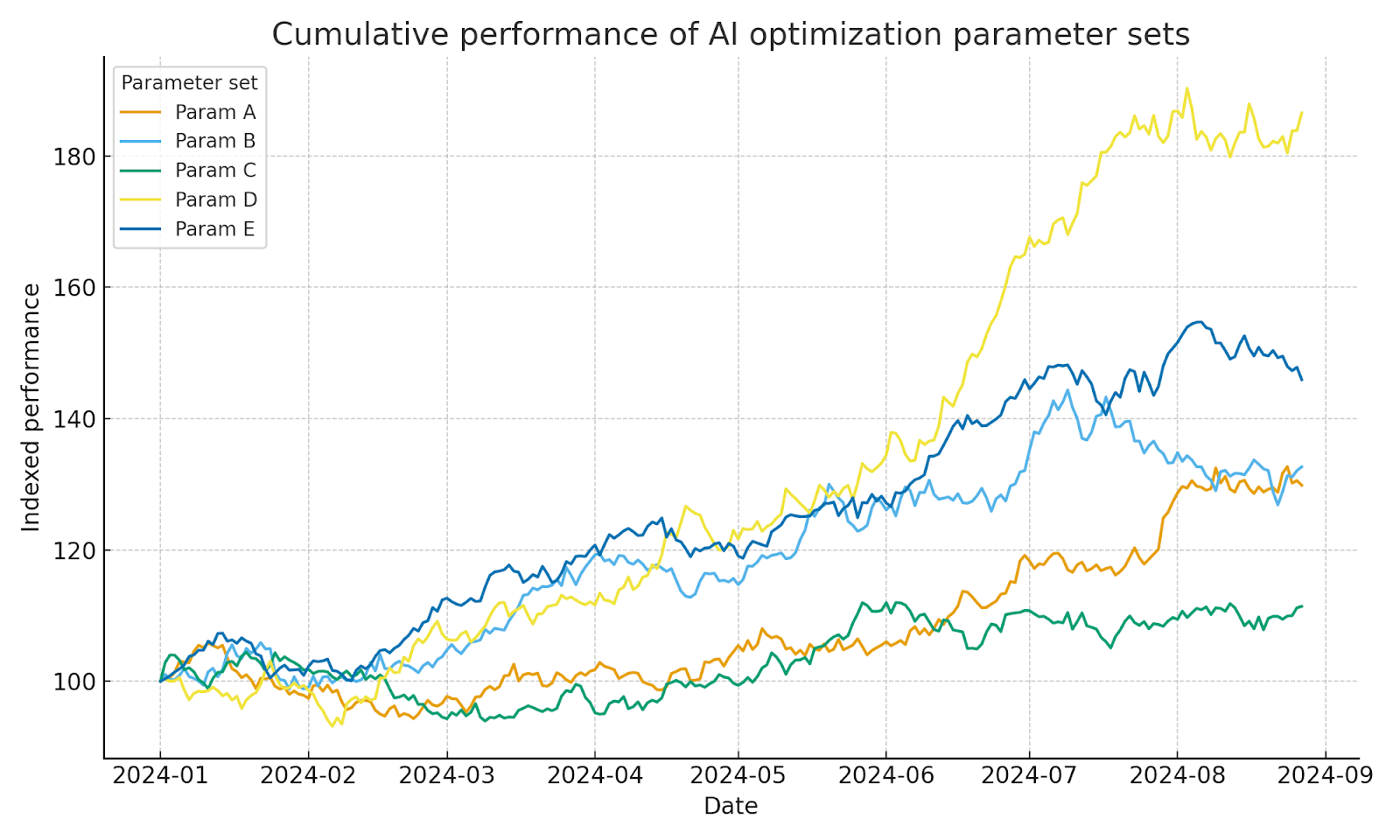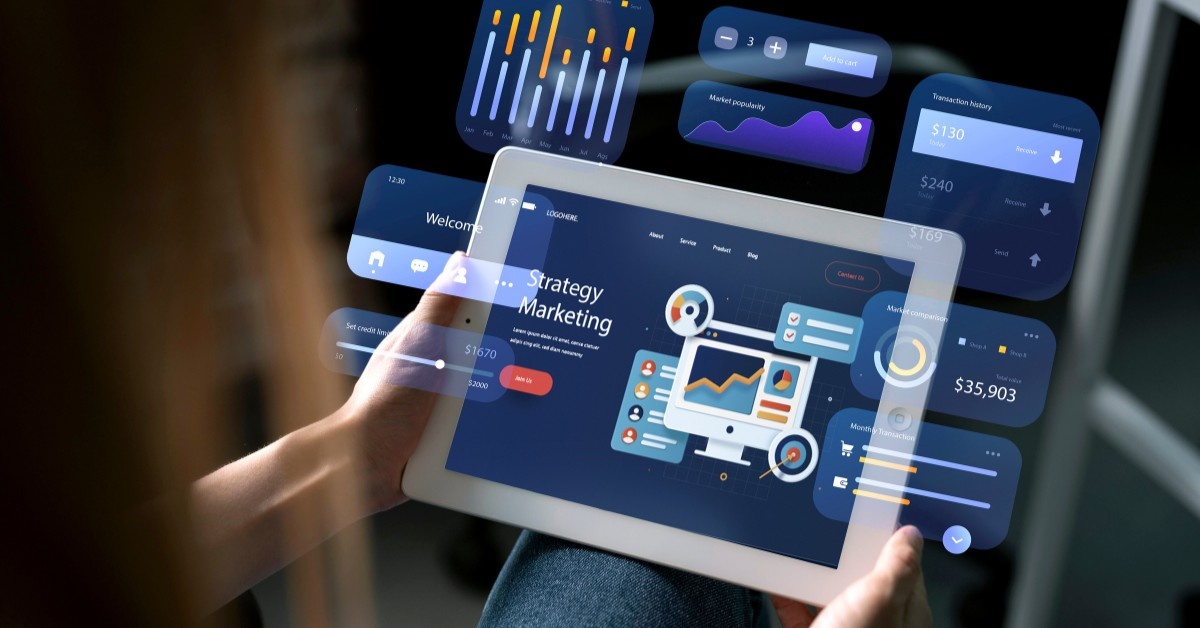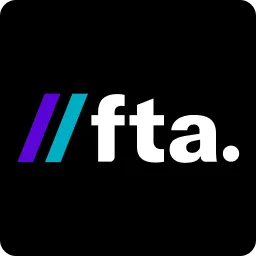How AI Is Rewriting the Marketing Funnel in Performance Campaigns?
Why is the traditional marketing funnel losing its relevance
Modern buyer behaviour no longer fits the linear awareness-to-conversion model. A funnel that assumes consumers move sequentially from awareness to consideration to decision fails to capture the real world of multiple micro-moments, device hopping and algorithmic influence.
Marketers report that digital touch-points are fragmented, user paths are non-linear, and campaign signals must shift from fixed stages to continuous streams.
Three specific forces dismantle the classic funnel model:
- Real-time signals – interactions happen across platforms, time zones, and devices, undermining fixed-stage definitions.
- Multi-device journeys – a buyer may search on mobile, engage via social, move to desktop and convert via app, all in the same session.
- Algorithmic targeting – media platforms continuously optimise delivery, meaning funnel control shifts from the marketer’s defined stages into the system.
The impact is significant for B2B performance campaigns. Legacy metrics such as “impressions → clicks → leads → conversion” no longer provide the right insight.
Instead, the journey demands dynamic planning, rapid response and predictive insight. For brands similar in profile to FTA Global’s clients (senior marketers and decision-makers over 35), this means rethinking strategy and execution not in isolated phases but as a unified continuum.
Where AI is transforming funnel behaviour and campaign operations
Artificial Intelligence is dictating how performance campaigns are built, managed and optimised. At the macro level, AI enables marketers to identify micro-intent moments much earlier in the journey, automate creative testing, cluster audiences and optimise bidding with speed and scale. Let’s break down how this works in practice.
Predictive algorithms identify micro-intent earlier
Rather than waiting for a user to enter “buy software X” or “sign up demo”, AI models analyse behavioural signals – search patterns, engagement drop-offs, previous campaign data – to anticipate intent, shifting targeting from reactive to proactive.
Audience clustering, lookalike modelling and automated creative testing
AI systems can segment audiences beyond demographics (age, location) into behaviour-based clusters: e.g. “researching alternatives”, “budget-finalising”, “vendor shortlisting”. These clusters power lookalike modelling, enabling you to scale beyond known audiences.
Meanwhile, generative AI can test ad creatives at scale - variations of copy, visuals, CTAs and quickly move spend to the best performers. For example, a recent commentary shows that performance marketers using AI saw 20-30% higher ROI on campaigns.
Operational change in campaign execution
AI reshapes how operations run. Manual loops (set bid, wait 24h, review, adjust) become continuous learning systems in which AI adjusts bids, shifts budgets, and rotates creatives in real time. The role of human teams shifts from manual operations to oversight, strategy and interpretation of AI-generated insight.
This transformation is a fundamental shift in how performance campaigns live and breathe. It demands new tooling, new metrics, and new organisational mindsets.
Which funnel stages gain the most from AI in performance marketing
Not all stages of the funnel benefit equally from AI. Here’s where the largest gains appear:

This chart visualises ROI variation across different marketing channels, showing how AI-optimised campaigns outperform traditional manual campaigns in both cost-efficiency and return consistency.
Top-of-funnel (TOF)
- Content recommendation engines powered by AI can serve dynamic segments with messaging-fit content to build awareness.
- Audience modelling – AI can detect latent interest clusters that humans may miss.
- Automated awareness campaigns – AI can optimise budget allocation across channels for early-stage reach, not simply by CPM but by predicted downstream value.
Mid and bottom funnel (MOF & BOF)
- Predictive lead scoring: AI can score leads based on behaviour, engagement, and propensity to convert, rather than traditional lead-scoring methods.
- Automated bidding: Platforms like Google and Meta now use ML to optimise bids for conversion, not just clicks, freeing up marketers from manual bid management.
- Lead-quality optimisation: AI enables real-time adjustments, campaigns pause or shift when predicted quality drops, delivering better ROI per lead.
In practice, the mid- and bottom-funnel stages often drive the largest efficiency gains in performance campaigns because they are closest to conversion and where micro-optimisations yield immediate, measurable results.
How processes and teams must evolve around the AI funnel
To get value out of an AI-shaped funnel, processes and teams need to evolve. It’s not about adding an AI tool; it’s about building around a learning system.
Replacing campaign hierarchies with continuous learning systemsTraditional campaign management followed fixed hierarchies (brand campaign, lead-gen campaign, remarketing campaign) with defined run times and budgets.
Under AI, the architecture becomes adaptive: campaigns run, learn, pivot, scale in response to live data. That change demands new process design: daily/real-time feedback loops, integrated analytics, and agile budget shifts. The new role of performance marketers as data-interpreters, not just media buyers
In this new paradigm, the human marketer becomes the architect of data flows, creative strategy and AI governance rather than simply selecting media and monitoring reports.
They interpret AI findings, set constraints, guide creative messaging, ensure brand alignment, and audit AI decisions. That shift requires up-skilling, cross-functional collaboration (analytics, creative, tech) and a mindset change.
Organisations need to invest in infrastructure:
- Clean first-party data integration
- Unified measurement systems
- Privacy-compliance frameworks.
What metrics redefine success in an AI-shaped funnel
Legacy metrics like impressions, clicks, and low-level conversions matter less in an AI-first performance ecosystem. Marketers need new, higher-impact metrics.
- Outcome-based intelligence: Focus on what happens downstream. For example, not just CPA but quality-adjusted cost per acquisition, predictive lifetime value, and downstream revenue.
- Assisted conversions and engagement loops: AI enables multi-touch attribution modelling, enabling users to interact across multiple devices and channels. Teams must measure the assist value of each touchpoint.
- Conversion velocity and real-time responsiveness: How fast can AI shift budget, change creative, and rotate audiences? Speed becomes a metric. One statistic: Businesses using AI in at least three core marketing functions reported a 32% increase in ROI over the prior year.
- Algorithm-driven attribution: With AI, you can move beyond last-click to attribution models that account for machine-led optimisation of channel spend, creative rotation and budget allocation. Measurement must align with the learning system.

(This chart illustrates cumulative performance across five AI optimization parameter sets over time, showing how learning systems concentrate budget on higher-performing configurations. Source - QuantConnect Optimization Dashboard)
Success in performance marketing means high ROI, lower acquisition cost, higher lifetime value and more efficient budget allocation - all measured continuously rather than via snapshot reports.
What risks and governance factors come with AI-led funnels
Deploying AI in performance campaigns brings risk. Without proper governance and oversight, you may end up with bias, brand misalignment, wasted spend, and regulatory exposure.
Over-automation and algorithmic bias AI optimisation is not a shortcut. Algorithms can amplify bias (e.g. under-targeting certain segments), optimise for short-term metrics at the expense of brand equity or long-term value, or create feedback loops that reinforce bad behaviour. Maintain human oversight, audit decision-rules, and validate results.
Here’s how you can overcome algorithm bias and governance factors -
- Define clear objectives, constraints and KPIs before handing over optimisation to AI.
- Maintain transparent audit logs of AI decisions (budget shifts, creative rotations, audience expansions).
- Ensure data quality, privacy compliance and brand safety.
8 Levers Redefining Marketing Efficiency
- Automated Content Generation – AI tools now produce platform-optimized ad variations and landing copy in minutes, enabling faster creative cycles and A/B testing at scale.
- Predictive Personalization – Real-time behavioural data allows AI systems to deliver individualized experiences, improving conversion rates across paid and organic touchpoints.
- Dynamic Audience Modelling – Algorithms identify emerging lookalike clusters, expanding reach while maintaining relevance and ROI.
- Behavioural Insights Loops – Continuous learning systems track engagement shifts and adapt campaign logic based on audience micro-signals.
- Conversational Interfaces – AI chatbots convert casual interactions into qualified leads, enriching first-party data pipelines.
- Influencer Matching – Machine learning refines influencer discovery and brand fit analysis, improving authenticity and campaign outcomes.
- Cost Optimization Engines – Smart bidding systems manage spend allocation automatically, cutting acquisition costs by focusing on high-propensity audiences.
- Customer Sentiment Analysis – NLP-driven systems measure post-conversion satisfaction, enabling retention-focused campaign adjustments.
The Future Belongs to Adaptive Marketers
This governance layer is critical to ensuring that AI-led performance funnels are sustainable, auditable, and aligned with B2B brand governance expectations (especially when working with senior marketers, agency partners, or enterprise clients).
AI is rewriting the performance marketing funnel, turning static stages into a dynamic, continuous learning loop. Brands that embed AI across targeting, creative, bidding and measurement unlock stronger ROI, faster decision cycles and smarter budget allocation.
The shift requires more than just tools - it demands new processes, new roles and new metrics. For senior marketers and agency decision-makers, the imperative is clear: adopt AI not as a plugin but as the backbone of your performance stack.
Do you want more traffic?

How to Scale Personalisation in ABM Without Losing Focus?
.png)
Why Small Tasks Are the Next Big Revolution in Business Efficiency?











